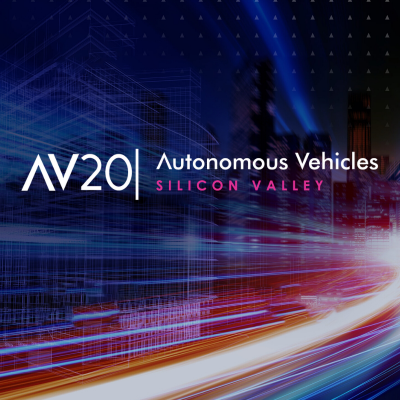The Latest Trends in Automotive We Learned From AV 2020
The Autonomous Vehicle Conference (AV 2020) recently took place in San Francisco with some of the biggest names in the automotive industry participating in panel discussions and presenting masterclasses. Mindy Supports’ General Manager, Evgenia Khimenko and Head of Sales, Kseniia Turovska, were also in attendance and had some interesting insights to share about the directions in which the automotive industry is headed.
Safety is Given Top Priority
One of the biggest reasons why autonomous vehicles have not yet become mainstream is because the general public has concerns about the safety of the driver, passengers, pedestrians and other drivers on the road. There were many presentations on this topic, but one of the most interesting ones was from Matthew Schwall, Head of Field Safety at Waymo. He talked about how Waymo is using the city of Chandler, AZ as a testing ground for safety training.
During the presentation, Matthew Schwall discussed how Waymo is proactively working with the community in Chandler, AZ. Waymo is collecting feedback from the people and communicating with them about their thoughts and concerns about self-driving cars. Sean Duggan, Police Chief of the City of Chandler, also participated in the discussion and talked about how Waymo is incorporating all of the information provided by the residents in the development of new safety features.
Automation is Fully Taking Over
We are seeing a lot of investments in long-haul trucking and robotaxis, but how realistic would it be to deploy such technology in an urban setting? Bill Combs, Vice President of Connected Vehicle Services and Experimentation at Penske Transportation Solutions talked about some of the issues standing in the way of displaying autonomous trucks in the urban landscape. One of the biggest obstacles is accounting for all kinds of scenarios. For example, there are difficulties driving in inclement weather. If there is a lot of snow on the ground, neither the LiDAR sensors, nor the cameras can see the delineation markings on the ground. Similarly, sometimes a driver will make an illegal turn or a pedestrian will try to cross the street during a red light. The car needs to be able to maneuver through all of these unexpected scenarios to avoid human casualties.
In order to try to account for all of the possible scenarios, researchers are inputting data on all kinds of possibilities that the autonomous car might encounter on the road. By providing the machine learning algorithms with a basis to learn and adapt to different road conditions and try to navigate through unexpected situations.
AI is Now Teaching AI
Data annotation is used to train AI to recognize and navigate through their surroundings. However, the trend that we are noticing is that AI can train other AI to draw bounding boxes around objects and label them. This means that humans will have to perform more advanced data annotation techniques such as semantic segmentation, and LiDAR annotation. We should not be surprised by this trend because if AI can recognize an object on the road, then it will be able to identify it in an image as well. Also, the technology has advanced beyond simply recognizing the object and now there is a need to train the AI in terms of what to do if that object or person performs an unexpected action.
Mindy Support is Staying Up to Date on All the Trends
While Mindy Support is dedicated to providing researchers with quality data annotation at scale, it is also important to know where the industry is headed so that we can provide more relevant services for our clients. Since the industry is increasingly focused on safety and full automation, this means that a more detailed and minute level of annotation is required so that the AI can function properly, even in unexpected situations. All of the possible scenarios that can be encountered on the road must be annotated to avoid human fatalities and promote widespread acceptance of autonomous vehicles.





